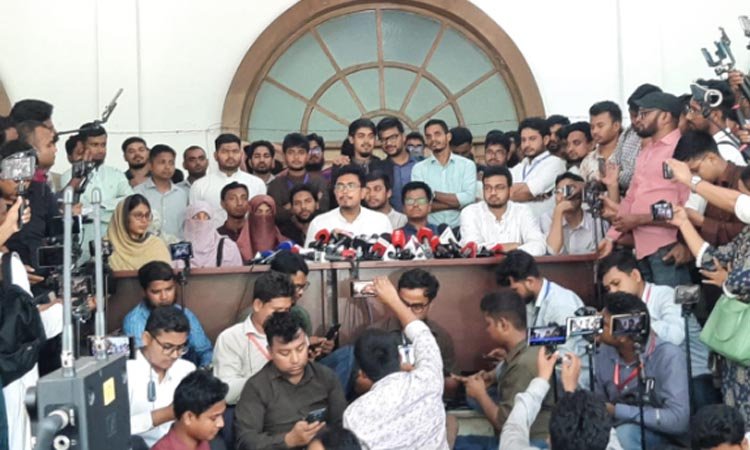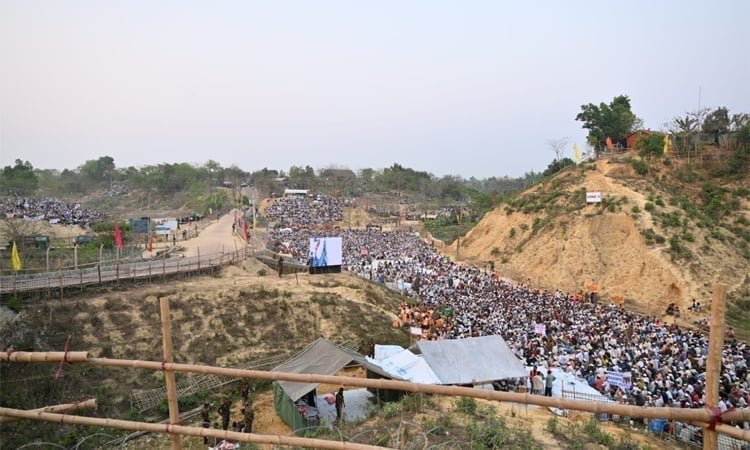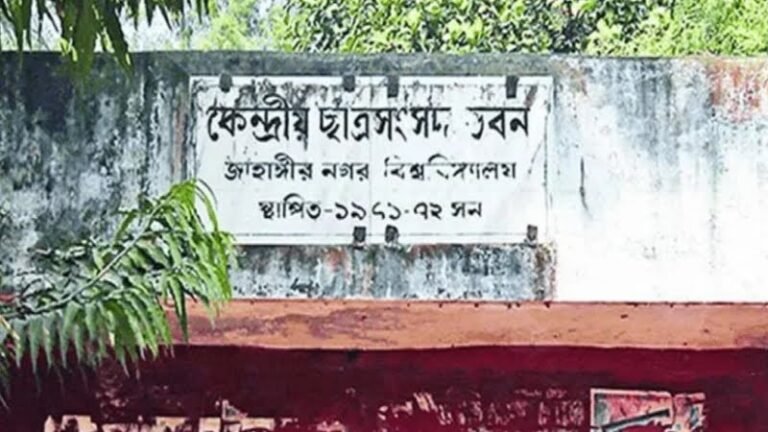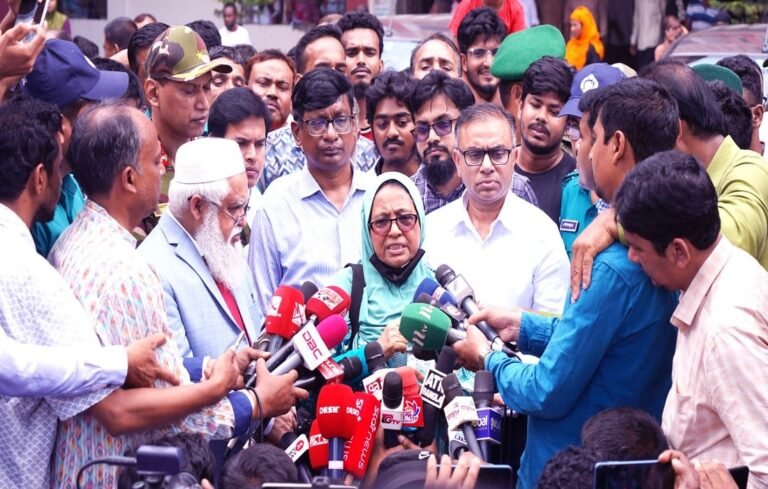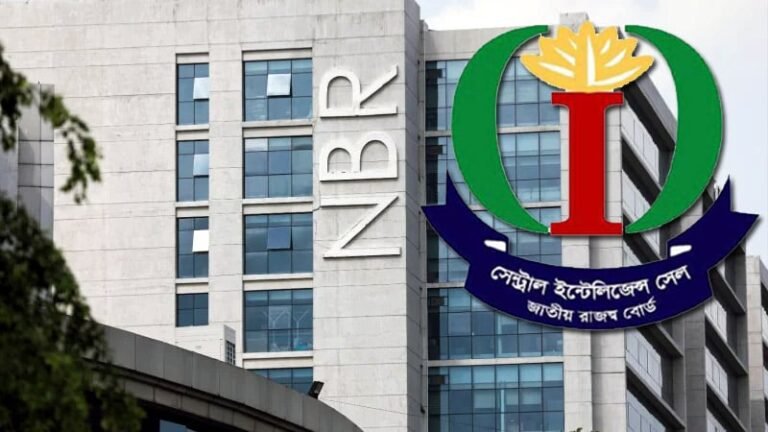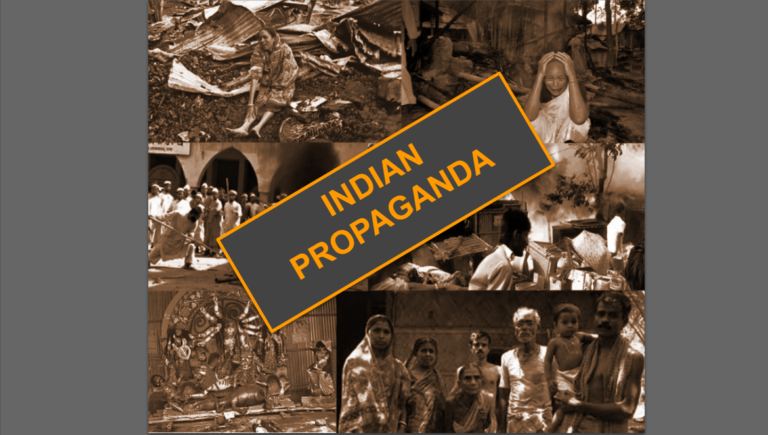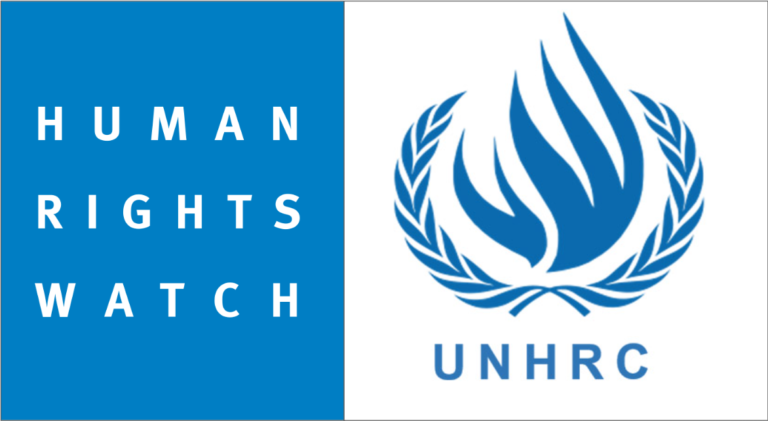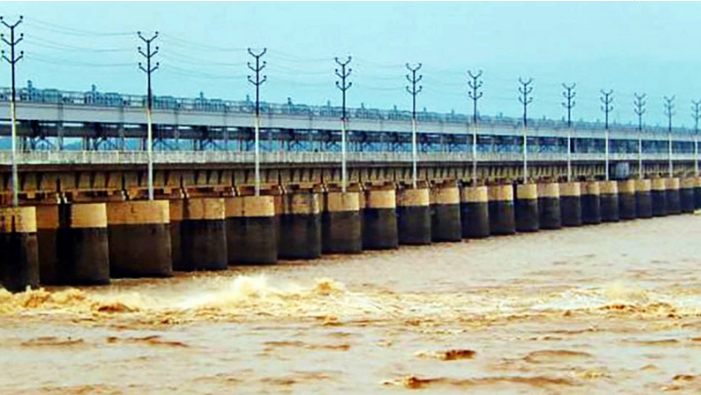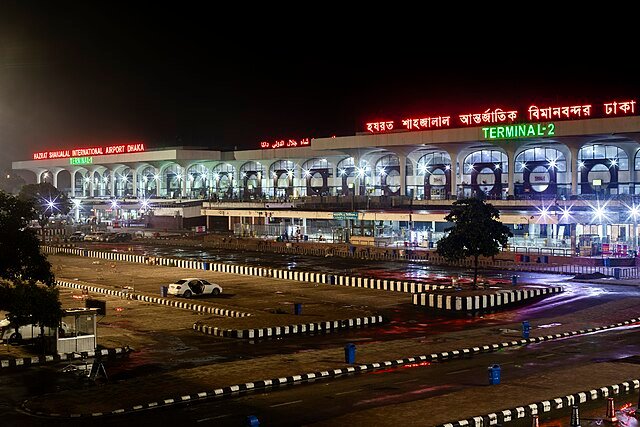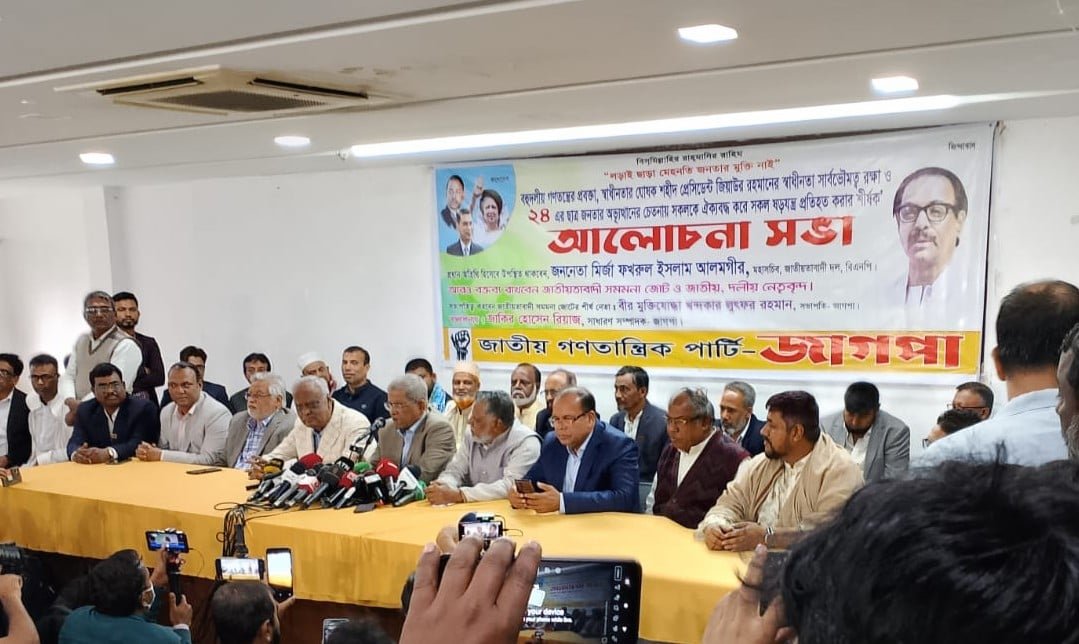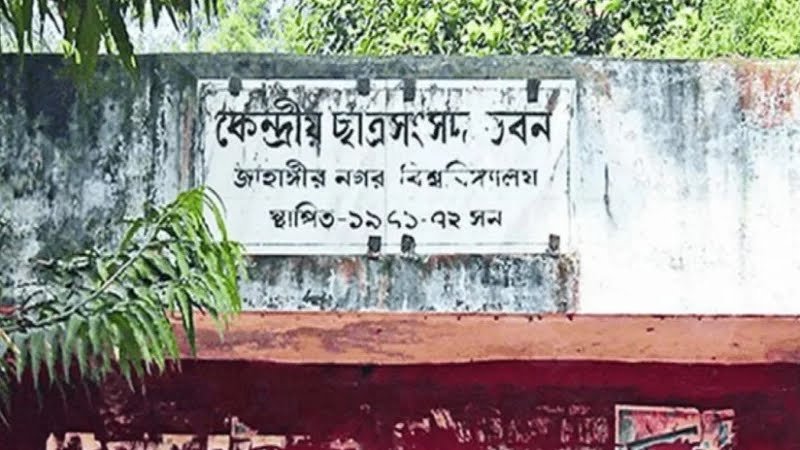The recent opening of all 109 gates of the Farakka Barrage by India has heightened concerns of severe flooding in northern Bangladesh. This decision, made in response to heavy rainfall in India’s Bihar and Jharkhand states, is anticipated to exacerbate the flooding situation in several districts of Bangladesh, including Rajshahi, Chapainawabganj, and Kushtia. While India maintains that the release of water is a necessary measure to prevent damage to the barrage, the situation underscores the critical need for a more cooperative and transparent approach to water management between the two nations.
The Immediate Risk: Flooding in Bangladesh
India’s decision to open the Farakka gates on August 26, 2024, was driven by an urgent need to manage the rising water levels in the barrage due to unprecedented rainfall. As noted in reports by “*”The Mirror Asia” and “News 18”, the release of water is expected to send a massive influx of 1.1 million cusecs downstream into Bangladesh, threatening to inundate multiple districts. This situation is compounded by previous incidents, such as the opening of the Dumbur Dam in Tripura, which led to devastating floods in northeastern Bangladesh earlier this month, resulting in the deaths of 20 people and affecting millions more. Despite India’s assertion that they provided prior information to Bangladesh regarding the release, the severity of the floods raises questions about the adequacy and timeliness of these communications. The rapid decision to open all gates, although necessary to prevent structural damage to the barrage, has placed Bangladesh in a vulnerable position, facing the immediate threat of widespread flooding without sufficient time to mitigate its effects.
India’s Stance: Denial and Downplaying
The Indian government, through spokesperson Randhir Jaiswal, has denied any direct link between the opening of the Farakka Barrage and the floods in Bangladesh. According to “The Indian Express”, Jaiswal dismissed reports in the Bangladeshi media as “factually incorrect,” attributing the situation to fear-mongering and misinformation. He emphasized that the Farakka Barrage is not a dam but a structure designed to manage water flow, with only a portion of the water being diverted into the Farakka canal while the majority continues along its natural course into the Ganga/Padma river system. While it is true that the barrage serves as a water management tool rather than a dam, the assertion that the flooding in Bangladesh is not linked to the barrage’s operation overlooks the broader implications of such large-scale water releases. The complex hydrodynamics of the Ganges basin, coupled with the already strained water infrastructure in Bangladesh, means that any significant alteration in water flow upstream can have cascading effects downstream.
The Need for a Collaborative Water Management Framework
The recurring flooding in Bangladesh, exacerbated by water management decisions made upstream in India, highlights a pressing need for a more collaborative approach between the two countries. The Joint Rivers Commission (JRC) established between India and Bangladesh was intended to facilitate cooperation on shared water resources, yet the current situation suggests that this framework may not be functioning as effectively as needed. To prevent future disasters, it is imperative that India and Bangladesh strengthen their communication and coordination mechanisms.
This includes: 1. Real-Time Data Sharing: Establishing a real-time data-sharing system that allows both countries to monitor water levels, rainfall, and other critical factors that influence water flow in shared rivers. This system should be transparent and accessible to relevant authorities in both nations.
2. Joint Flood Management Plans: Developing and implementing joint flood management plans that account for the interests of both countries. These plans should include agreed-upon protocols for the opening of barrage gates, ensuring that downstream communities are adequately warned and prepared. 3. Infrastructure Investments: Investing in infrastructure improvements on both sides of the border to better manage water resources and mitigate the impact of floods. This includes reinforcing embankments, improving drainage systems, and constructing flood shelters.
4. Environmental Impact Assessments: Conducting thorough environmental impact assessments before making any significant changes to the operation of barrages or dams. These assessments should consider the potential downstream effects and involve input from both Indian and Bangladeshi experts.
The opening of the Farakka Barrage gates is a stark reminder of the delicate balance required in managing shared water resources. As climate change increases the frequency and severity of extreme weather events, the need for a robust, cooperative water management framework between India and Bangladesh has never been more urgent. By working together to improve communication, planning, and infrastructure, the two countries can reduce the risk of future flooding and ensure that the Ganges basin remains a lifeline rather than a threat to the millions who depend on it.


